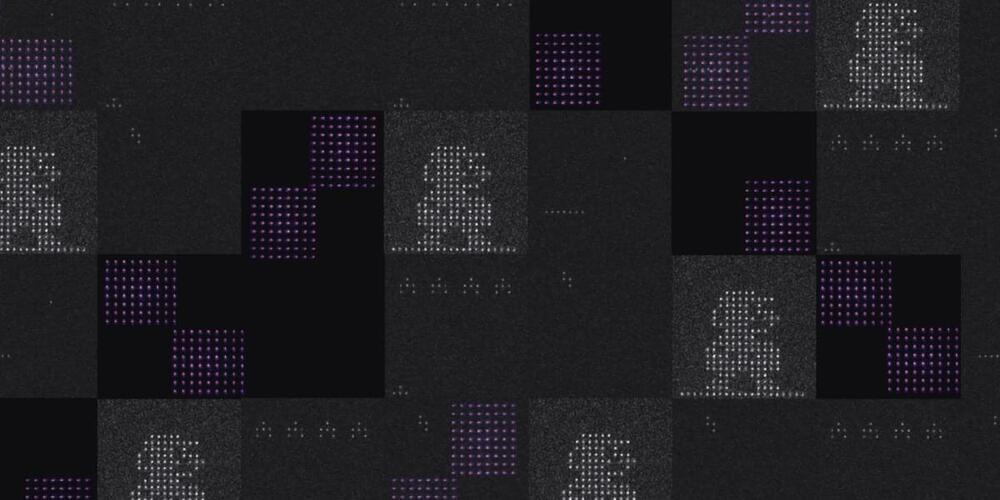Image: FimerSpa
The new PVS-350 string inverter from the Italian manufacturer Fimer offers an efficiency of more than 99 per cent. It is optimised for decentralised topologies in solar fields and has an output of 350 kilowatts.


Artificial Intelligence is starting to surpass humans even in creative works now. A robot has written and directed the first feature movie that was actually released for the public to see. In fact, it’s a lot better than many movies that real humans have made so far. While still surreal and a bit funny in some parts of the AI generated script, it’s still one of the most impressive videos and movies made by AI Bots so far.
Generative Pre-trained Transformer 3 (GPT-3) is an autoregressive language model that uses deep learning to produce human-like text. Maybe OpenAI GPT-4 or GPT4 will be even better in 2021.
–
If you enjoyed this video, please consider rating this video and subscribing to our channel for more frequent uploads. Thank you! smile
–
TIMESTAMPS:
00:00 A real AI Generated Movie.
02:00 How the movie was made.
03:04 How the Artificial Intelligence was made.
04:18 How it was perceived.
06:12 Last Words.
–
#ai #robot #movie

The next full Moon is a near-total lunar eclipse, the Beaver, Frost/Frosty, or Snow Moon; Kartik Purnima, the full Moon of the Festivals of Karthika Deepam, Karthikai Vilakkidu, Thrikarthika, Loi Krathong, Bon Om Touk, and Tazaungdaing; and Ill (or Il) Poya.
The next full Moon will be early on Friday morning, November 19, 2021, appearing opposite the Sun (in Earth-based longitude) at 3:58 a.m. EST. While this will be on Friday for much of the Earth, it will be Thursday night from Alaska’s time zone westward to the International Date Line in the Pacific Ocean. The Moon will appear full for about three days around this time, from Wednesday night through Saturday morning.
This should be a good month for skywatching, with Venus.

At long last, physicists from Harvard and MIT have found the killer application for quantum computing: a Mario Bros. GIF made from qubits. The qubits (quantum bits) can also be arranged in a Space Invaders design, or Tetris, or any other shape—your geometrical wish is the qubits’ command.
The GIFs are from QuEra Computing, a Boston startup emerging from stealth, to show off the programmability of their 256-qubit quantum simulator —a special-purpose quantum computer built for solving certain types of problems.


A chemist in D.C.’s crime lab has discovered a new synthetic opioid being used on the streets of the District. The lab immediately alerted first responders about the possibility the drug could be resistant to the lifesaving antidote Narcan.
As part of her work testing used syringes to surveil the drug supply for new threats, chemist Alexandra Evans discovered the first known sample of Protonitazene in D.C.
Using ESA’s XMM-Newton and NASA’s Chandra X-ray space telescopes, astronomers have made an important step in the quest to find a planet outside of the Milky Way. Spotting a planet in another galaxy is hard, and even though astronomers know that they should exist, no planetary systems outside of…
Using ESA’s XMM-Newton and NASA
Established in 1958, the National Aeronautics and Space Administration (NASA) is an independent agency of the United States Federal Government that succeeded the National Advisory Committee for Aeronautics (NACA). It is responsible for the civilian space program, as well as aeronautics and aerospace research. It’s vision is “To discover and expand knowledge for the benefit of humanity.”

Long-term supply agreements are nothing new in the semiconductor industry. Both fabless chip designers and contract makers of chips prefer stable supply and demand, respectively. But in a world with severely constrained supply, chip developers are willing to pay for their integrated circuits well in advance, which is a boon for foundries.
Taiwan Semiconductor Manufacturing Co. (TSMC), the world’s largest foundry, disclosed in a filing that it received temporary receipts of around $3.825 billion (NT$106,33 billion) from customers as of September 30, 2021. Temporary receipts from TSMC’s customers are payments received to retain its capacity. To put the number into context, TSMC earned some $14.926 billion (NT$414.67 billion) in Q3 2021, so $3.825 billion is a sizeable sum for the company.
Google is secretly working with the world’s leading neuroscientists on mapping the entire Human Brain. Neuroscientists at have released the most detailed 3D map of the mammalian brain ever made. Google has helped them by funding their goal to create the most detailed map yet of the connections within the human brain. It reveals a staggering amount of detail, including patterns of connections between neurons, as well as what may be a new kind of neuron.
The applications in the field of Brain Computer Interfaces or understanding medical conditions are staggering. But it’s doubtful that this will just help companies such as Neuralink develop advanced future brain computer interfaces and will likely lead to Google doing evil things by understanding people’s way of thinking and delivering ads to them.
–
If you enjoyed this video, please consider rating this video and subscribing to our channel for more frequent uploads. Thank you! smile
–
TIMESTAMPS:
00:00 A Paradigm Shift in Brain Research.
00:53 What did actually happen?
02:54 How Scientists mapped the Human Brain.
05:05 What this does for neuroscientists.
06:23 How long until we understand the Brain?
08:08 Last Words.
–
#google #bci #neuralink